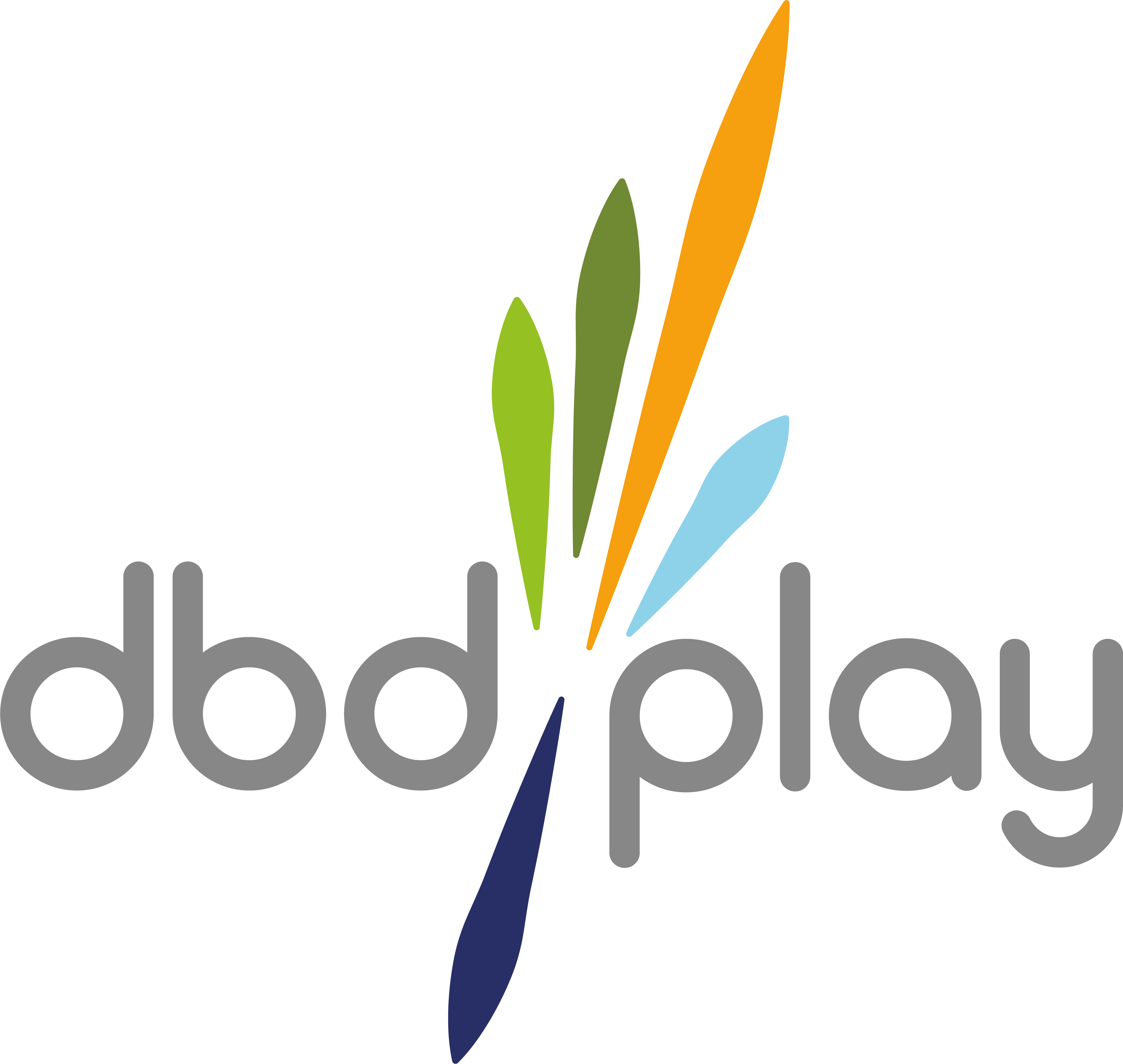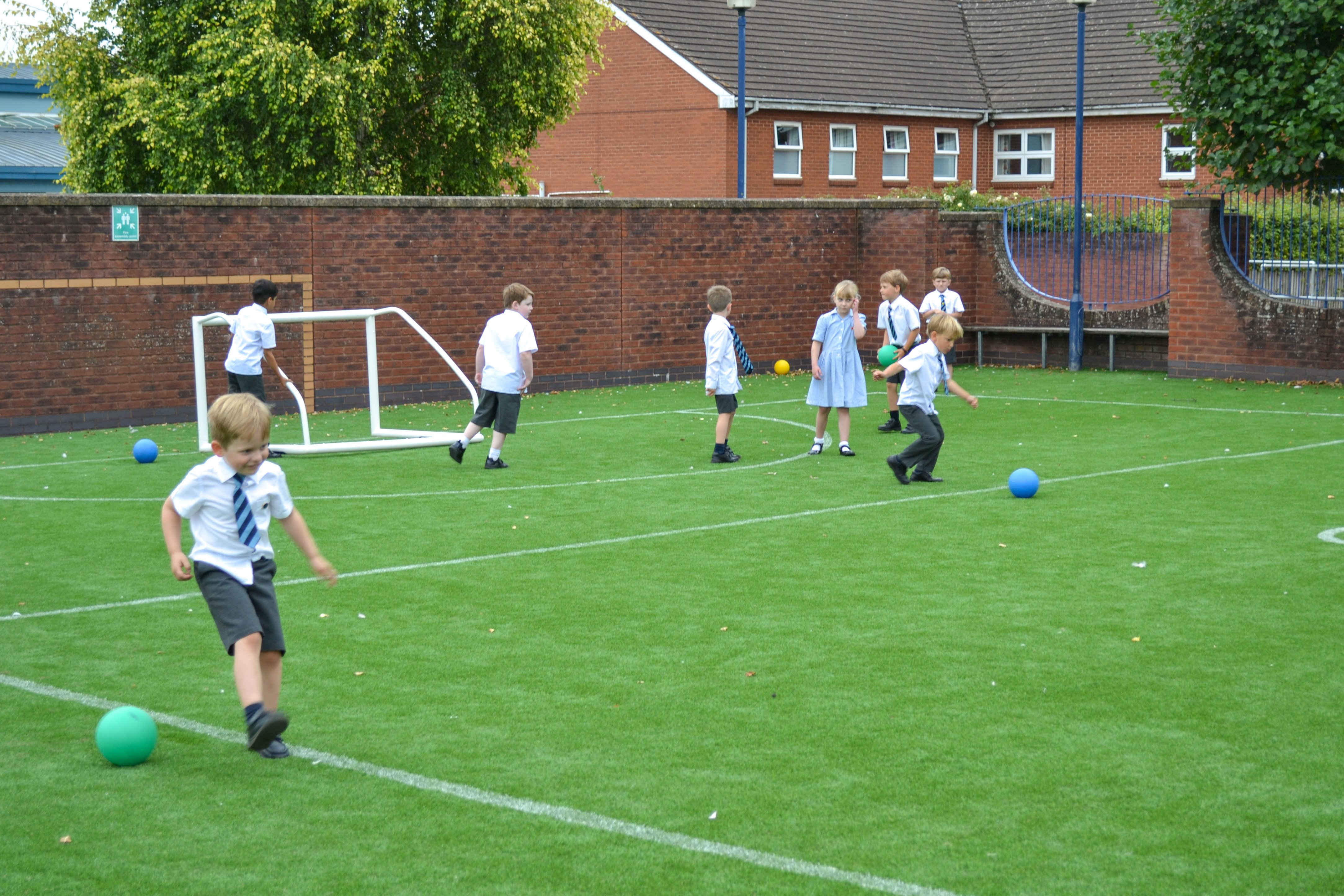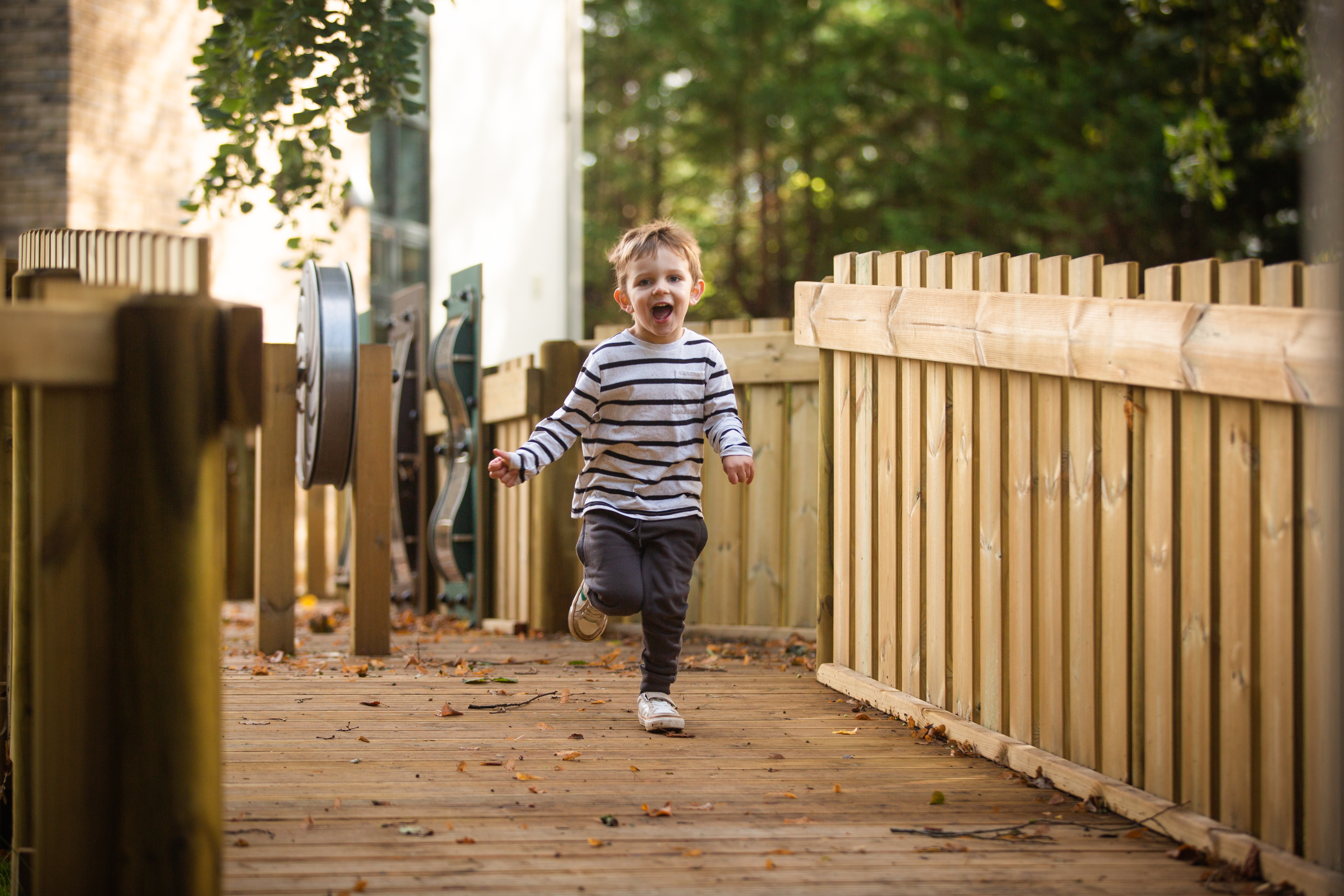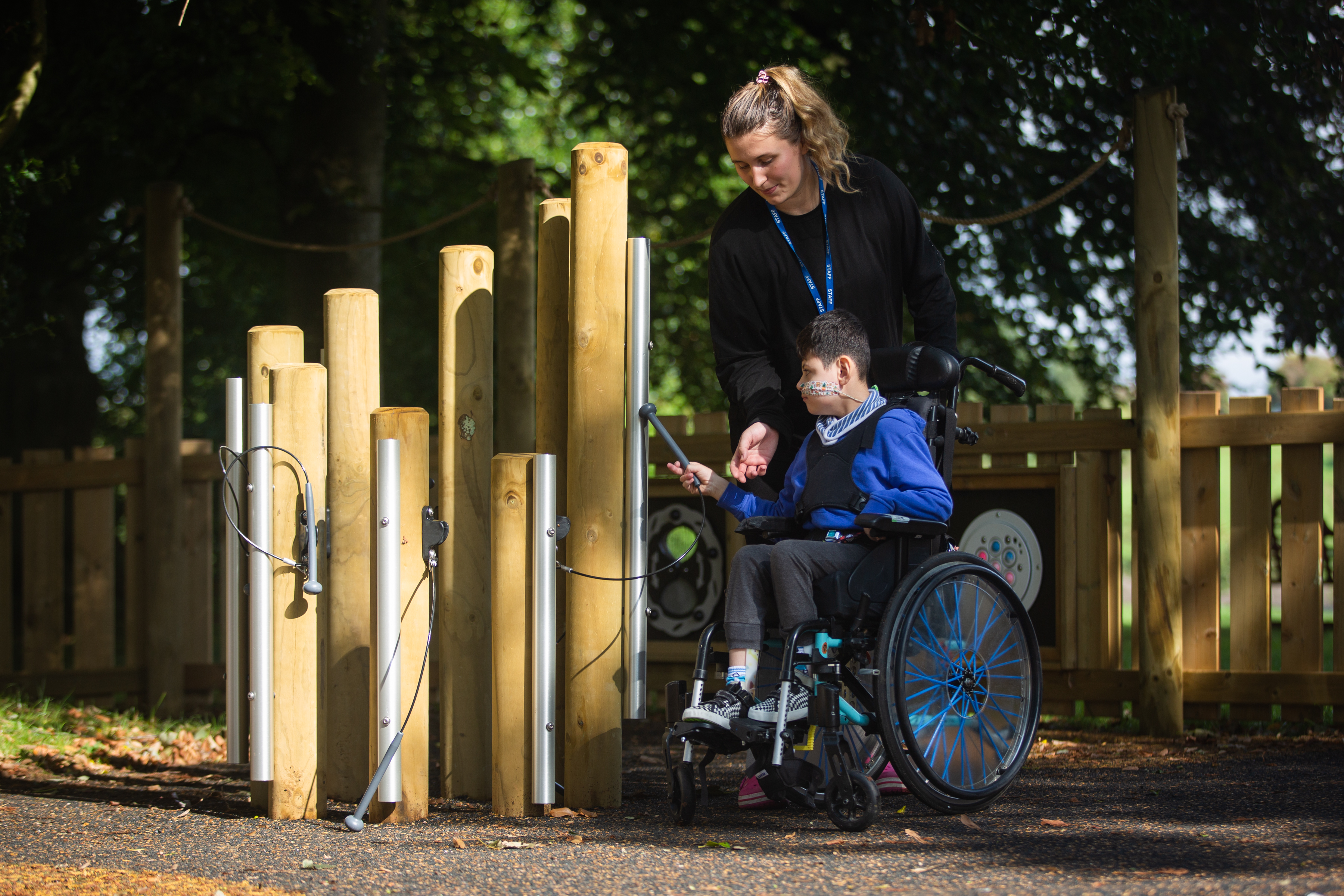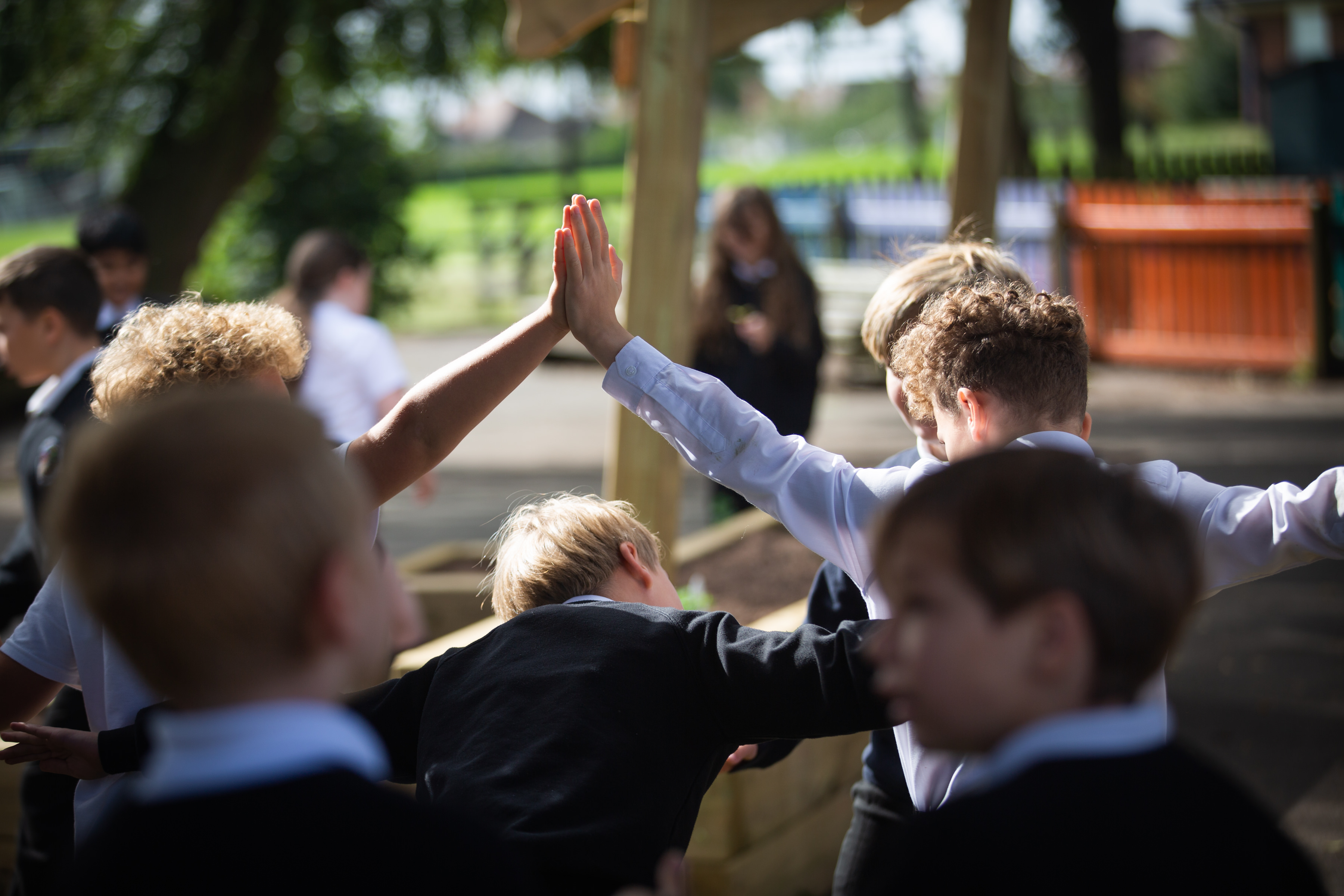According to the NHS, children should take part in at least 1 hour of physical activity per day, covering both aerobic exercises and stretches to strengthen bones and muscle.
Not only can this aid physical development, but studies have shown that frequent exercise also helps children to sleep better, deal with stress, and concentrate during class.
Schools can play a vital role in helping children get the physical activity they need to thrive, and not just during PE lessons. Initiatives such as The Daily Mile have been helping teachers and senior staff to incorporate more movement into every school day. However, the options don’t just stop there.
Read on to discover how your school can give your children more opportunities for getting active every day.
-
The Daily Mile
Let’s start with the big one. We’re big fans of The Daily Mile Initiative.
If you’re not familiar with it, the idea is simple: During some part of every school day, every child should run, jog or wheel a mile. The Daily Mile Foundation suggests that this should be done on a risk assessed track, out in the fresh air, alongside friends.
.jpeg?width=950&name=WansdykeDaily-1%20(1).jpeg)
The beauty of The Daily Mile is in how uncomplicated it is. The mile can be done during whatever time the teacher believes will suit their class, it doesn’t involve any preparation or tidy up, and it makes a huge difference to fitness and wellbeing. It can also be adjusted for different ages and abilities - the focus is less on completing the mile and more on children moving at their own pace for 15 minutes.
The initiative has now been going for over 10 years and has been used in over 15,000 schools and nurseries. You can sign your school up on their website.
-
Walk/bike to school initiatives
By using an active journeys initiative, children can get started on their hour of physical activity before the school gates even open. Not only can walking, biking, or scooting to school improve children’s health, but it can also reduce the amount of traffic and pollution in your area and benefits the environment.
The Department of Transport has been delivering outreach about this since 2017 and aims to get 55% of Primary School children walking to school by 2025.
Their WOW Walk to School challenge is one way to encourage more active journeys. It lets class teachers track the ways their students get to school each morning and lets children win colourful themed badges for walking or cycling.
-
Active Classrooms
Another avenue for school based physical activity is, of course, during lessons. We know that concrete examples of maths problems and practical science lessons can help to cement children’s understanding, but active learning can also contribute towards pupil’s daily physical activity.
By including physical activities in lesson plans, you can make sessions more interactive and engaging as well as getting hearts racing and muscles stretching.
This could mean anything from maths or grammar games which involve running and jumping, to finding ways to describe classmate’s movements in creative writing, to drawing large murals, to recording on graphs how long it takes for different children to complete tasks.
-
Playground Equipment
Choosing the right playground equipment can make all the difference in how pupils spend their break times. While some equipment is made to spark children’s imaginations or inspire them to make something new, pieces like Trim Trails and Climbers can also help to strengthen children’s bones and muscles and develop gross motor skills such as balance.
.jpg?width=950&name=BithamBrook-2%20(1).jpg)
For equipment which can encourage children to keep coming back, talk to your playground consultant about equipment which can be navigated in different ways, such as our Jungle Climbers, and is at an appropriate level of challenge for the age group.
-
Active Competitions
To encourage more activity during playtime, why not try a little friendly competition?
Getting the longest skipping rally on the long rope is a primary school staple, but you could also try a similar thing with keepy-uppies, circus skills, or travelling the playground in different ways. Presenting challenges which use various kinds of physical skills keep it fresh and can help to celebrate children with different strengths.
Why not put a lunchtime assistant in charge of the leader board, or keep an eye on who’s improved the most over the week?
-
Lunchtime and afterschool clubs
Lunchtime and afterschool clubs are another wonderful opportunity to get pupils more active in school. These could be as involved as asking a dance or martial arts teacher to pass on their skills, or as casual as opening a section of the school field (or MUGA) for football or tag rugby kickarounds a few times a week.
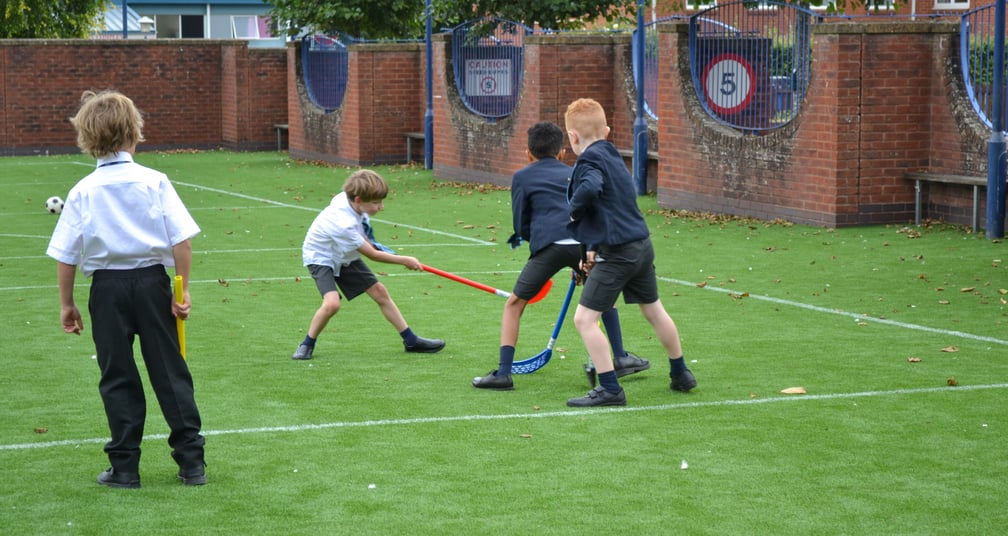
-
Dance games
Speaking of dancing, another excellent wet break or golden time activity can be electronic dance games, like Just Dance, Floor Kids, or even a good old fashioned dance mat.
Buying the current versions of these (and the device to play on) can get expensive, but older Nintendo’s or Xboxes can be found for less or brought in from home. The numbers that can play at one time are limited, but children love challenging each other, and it can work well as a special treat or privilege. Using them with the big interactive whiteboard screens gives it a cinematic, exciting feeling.
If you’re looking for a whole class dance-off, you can also find the Just Dance Kids videos released online. They won’t keep track of scores, but it gives everyone a chance to bust a move at once.
Dbdplay help playgrounds become happier, more active places, bespokely designed and built with the needs of their staff and students in mind. Find out more about the work we do.
Originally published Aug 30, 2022 11:00:09 AM , updated January 31, 2024
